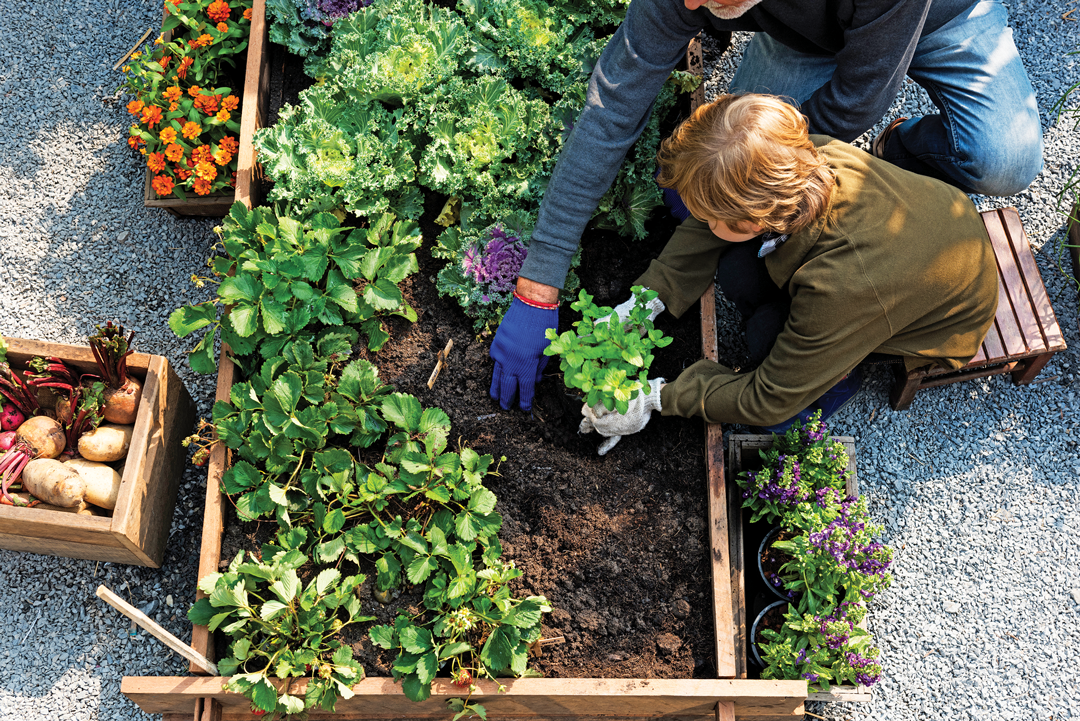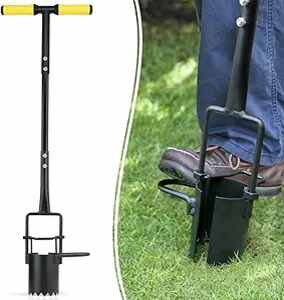Recognizing the Different Types of Gardening and How They Add to a Much Healthier Way Of Living and Setting

Advantages of Veggie Horticulture
Numerous individuals are increasingly identifying the myriad advantages of vegetable gardening as a vital part of a much healthier way of living. Participating in vegetable horticulture provides numerous physical health advantages, including increased exercise, which enhances cardio health and promotes overall fitness. The act of growing, weeding, and harvesting needs movement and can assist battle inactive habits, contributing to weight management and improved muscle tone.
In addition, growing one's own vegetables significantly improves dietary high quality. Homegrown fruit and vegetables is commonly fresher and a lot more nutrient-dense contrasted to store-bought alternatives, as it can be taken in soon after harvest. This ease of access motivates a better intake of fruits and veggies, which are necessary for avoiding chronic diseases.
Additionally, vegetable horticulture fosters psychological health by giving a therapeutic electrical outlet for anxiety relief and relaxation. Jointly, these benefits underscore the relevance of vegetable gardening as a keystone of a healthier way of living.
Discovering Blossom Horticulture

Along with aesthetic advantages, flower horticulture sustains local ecosystems. Numerous blooming plants bring in pollinators, such as and butterflies, which are vital for maintaining biodiversity. The presence of diverse plants can additionally boost soil health, as different plants add to vitamins and mineral biking and improve soil structure.
Additionally, blossoms can play a considerable role in advertising sustainable practices. Several gardeners choose for native or drought-resistant types, which need much less water and very little chemical inputs. This strategy not only benefits the environment however likewise motivates accountable gardening behaviors.
Ultimately, flower gardening functions as a vital component of a holistic gardening method. Gardening. By cultivating charm and supporting local communities, it harmonizes with vegetable gardening and underscores the importance of supporting both our physical and psychological wellness with nature
Container Gardening Advantages
Container gardening deals countless benefits that make it an attractive option for both beginner and experienced gardeners. One of the primary advantages is its convenience; containers can be put on outdoor patios, terraces, or perhaps inside your home, permitting horticulture precede with limited ground accessibility. This adaptability makes it possible for people in metropolitan environments or those with tiny backyards to cultivate plants effectively.
In addition, container gardening provides boosted control over soil top quality and wetness levels. Garden enthusiasts can choose particular dirt mixes to maximize plant wellness and mitigate concerns like weeds and parasites. The mobility of containers additionally permits very easy relocation to maximize sunshine exposure or safeguard plants from stormy weather.
Furthermore, container yards can be cosmetically pleasing, using an opportunity for creativity in style. Gardening. They can offer as attractive aspects that boost outside or interior rooms while promoting biodiversity by drawing in pollinators
Lastly, container horticulture can add to a healthier way of life by encouraging exercise, as it frequently includes lifting, growing, and maintaining plants. On the whole, the benefits of container gardening make it an obtainable and gratifying method for those seeking to boost their way of living and atmosphere.
The Rise of Vertical Gardening
As urban spaces end up being significantly crowded, the trend of upright gardening has actually removed, allowing people to maximize their gardening possibility in restricted areas. This cutting-edge approach entails expanding plants in vertical structures, such as wall-mounted planters, trellises, or specialized upright yard systems. The allure of upright horticulture lies not just in its reliable use space however additionally in its aesthetic contribution to metropolitan atmospheres, changing bare wall surfaces into lush eco-friendly landscapes.
Vertical yards can be installed in homes, porches, and area areas, supplying a platform for expanding a range of plants, including herbs, veggies, and ornamental flowers. This approach motivates biodiversity and can improve air high quality by filtering contaminants while promoting a link to nature in largely populated areas. Furthermore, upright gardening uses useful benefits, such as improved return per square foot, making it an appealing choice for metropolitan gardeners looking for to expand their own food.
Lasting Practices in Horticulture
Welcoming lasting techniques in horticulture is vital for promoting environmental wellness and making sure the practicality of our natural deposits. Lasting horticulture techniques concentrate on minimizing ecological impact, conserving water, and fostering biodiversity. By implementing techniques such as organic horticulture, garden enthusiasts can reduce using artificial plant foods and chemicals, which can hurt regional environments.
Buddy growing is one more efficient sustainable read here method, where specific plants are expanded with each other to enhance growth and prevent bugs normally. Additionally, making use of indigenous plants in landscaping sustains local wildlife and calls for less maintenance, as they are inherently adjusted to visit site the local climate and soil problems.
Water conservation methods, such as rain harvesting and drip irrigation, assistance to efficiently manage water sources, therefore lowering waste. Furthermore, composting natural waste not only enriches the dirt but also decreases garbage dump payments, advertising a circular economic situation.
Lastly, exercising crop rotation and cover chopping boosts soil wellness and decreases the threat of insect problems. By integrating these sustainable techniques, gardeners can develop durable ecological communities that add to a healthier way of life while safeguarding the environment for future generations.
Verdict

Finally, the varied approaches of gardening, consisting of veggie, blossom, container, and vertical gardening, collectively promote a much healthier lifestyle and boost ecological sustainability. Each type uses unique advantages, from offering fresh produce and attracting pollinators to maximizing limited visit this website spaces and motivating biodiversity. By promoting sustainable methods, these gardening comes close to not only add to private wellness however additionally support more comprehensive environmental conservation initiatives, inevitably decreasing reliance on industrial farming and enhancing area resilience.